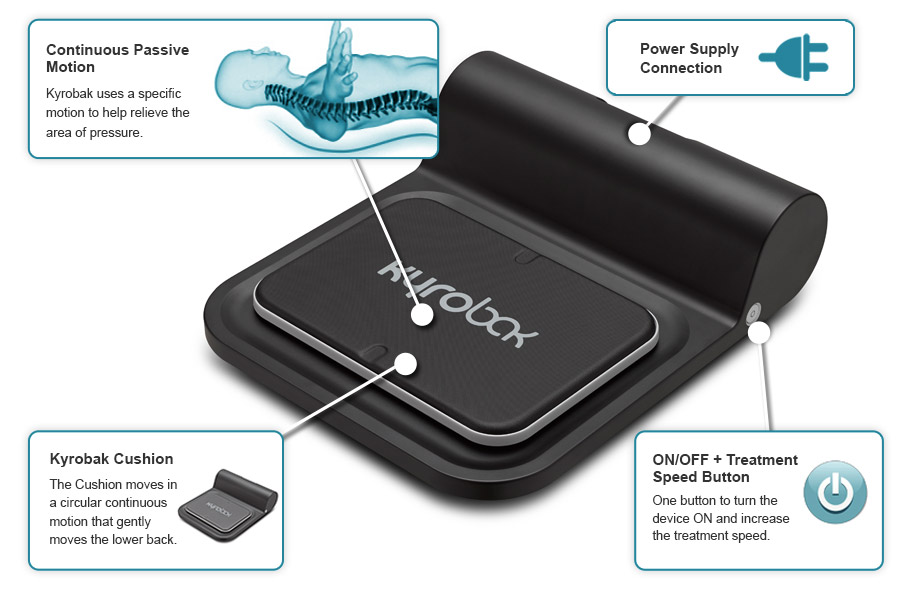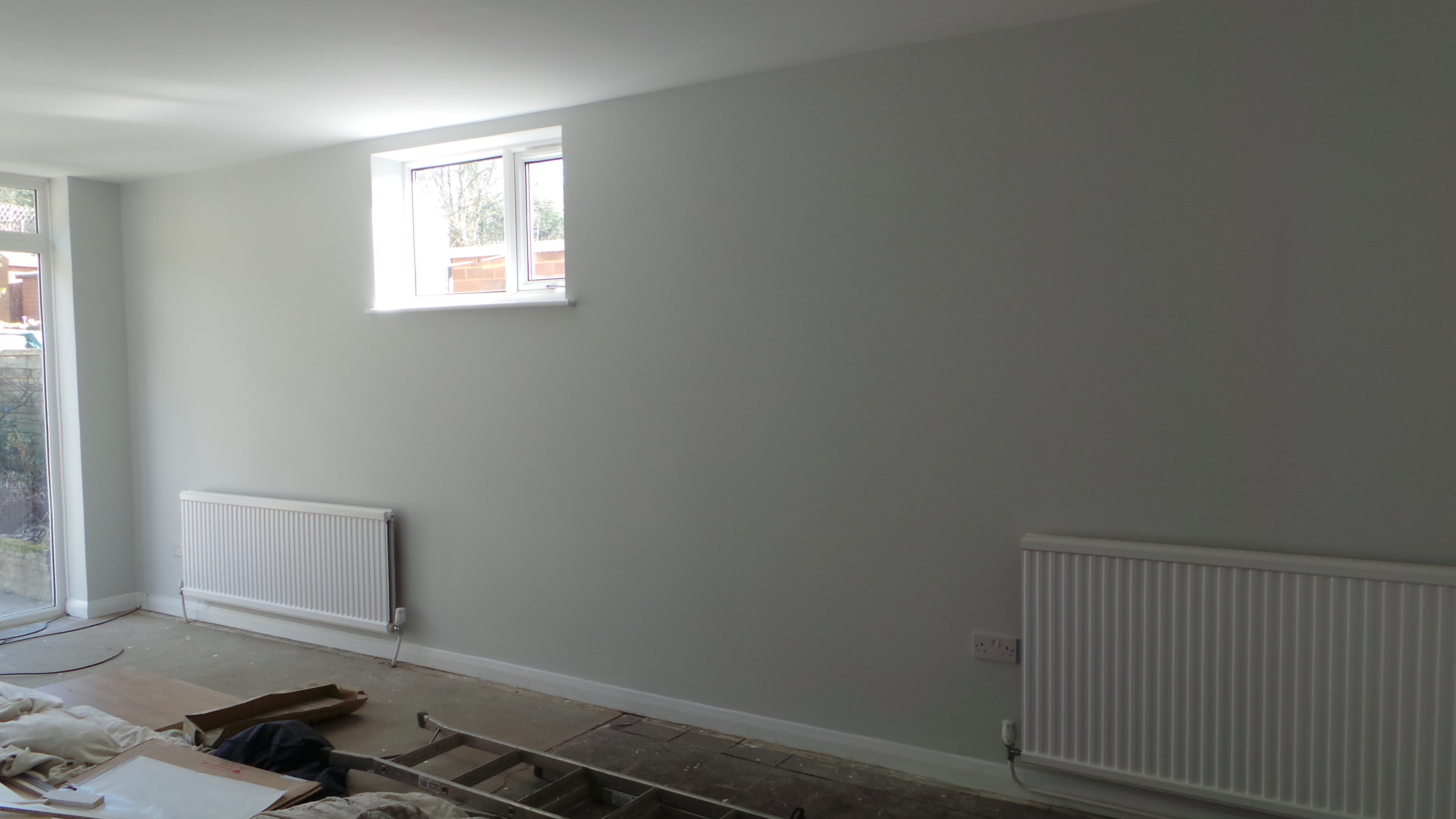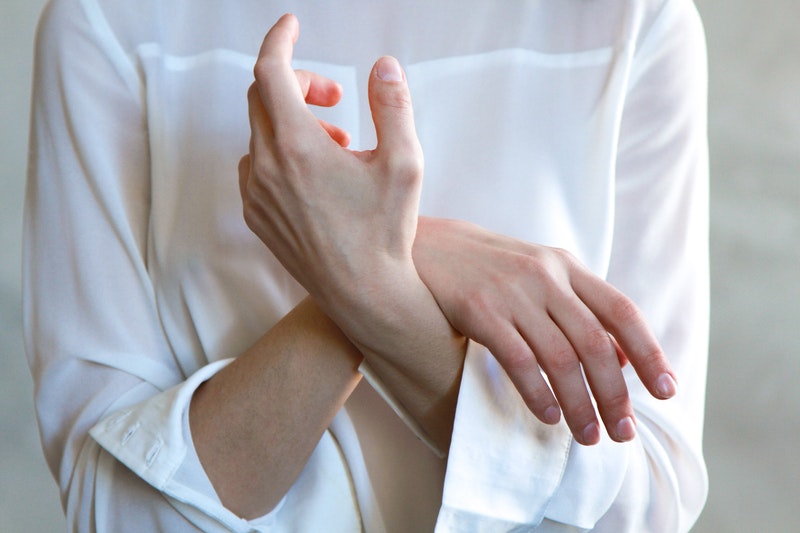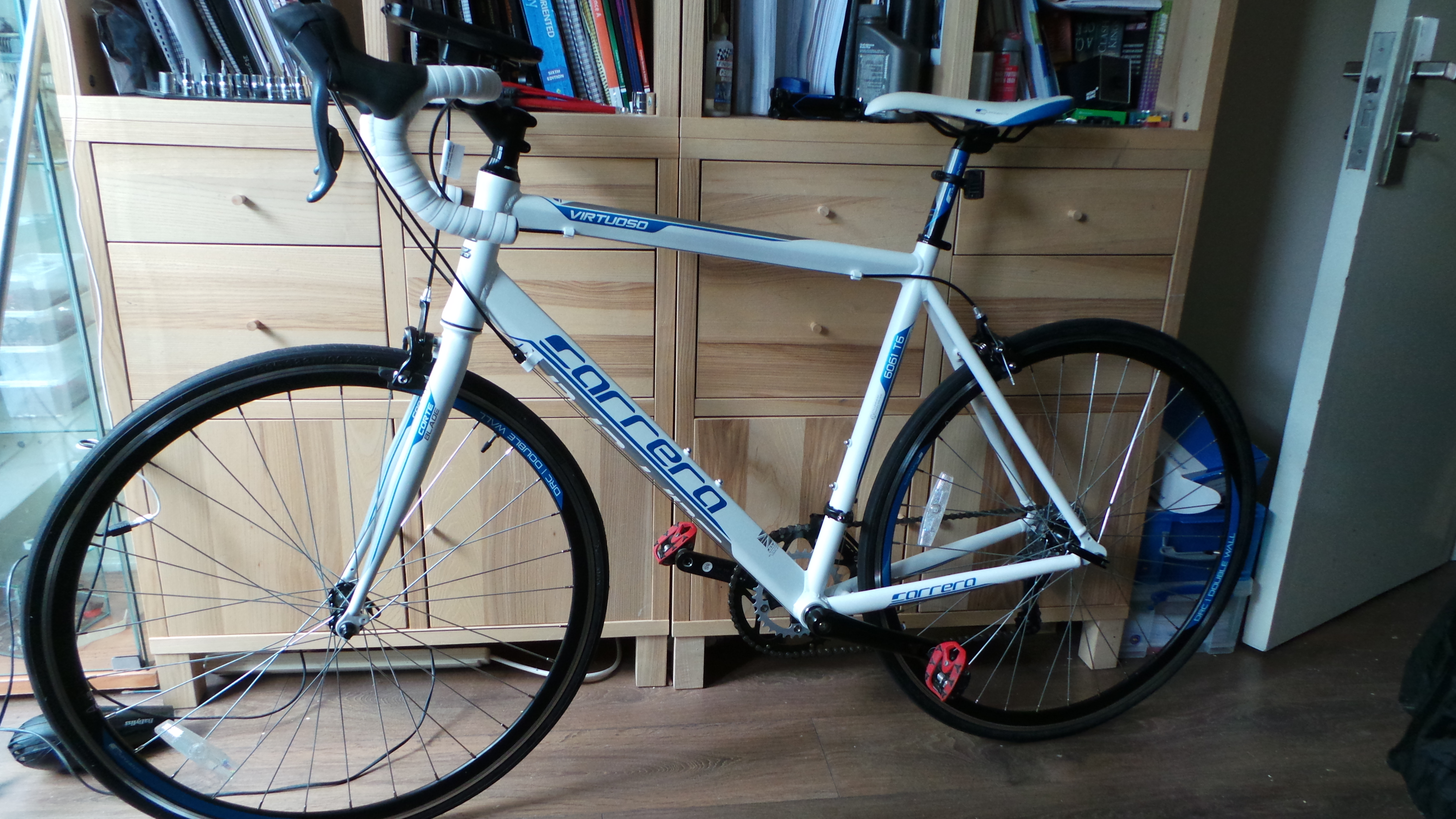Review: Kyrobak

I’ve had back pain on and off since the age of 16. It was very hard for me to find relief. Going to GPs yielded very little help. In the absence of serious back-related symptoms, such as pain spreading into the legs or pins and needles in the legs, I was quickly dismissed. They did give advice, which was to go swimming. Thanks, but that doesn’t help with my pain in the short term.
At some point in 2009 I was advised to go and see an osteopath about my back pain. I went to see a student osteopath at the British School of Osteopathy and received a number of treatments as a reduced price (I was a full time student at the time).
The help I got involved hands-on therapy and resulted in significant pain reduction – in fact it was nothing short of a miracle. I was sold, and in 2010 I joined the course in order to study osteopathy myself. Now, 5 years later I’m a couple of months away from graduating.
What I’ve learned in the 5 years so far is that back pain is not simple – there are many different diagnoses and causes for back pain. Not to mention, the same diagnosis can affect different patients in different ways. Some patients need frequent treatment, others fare better with treatments that are spaced out so that they can recover and get a chance to incorporate advice given.
Concurrently with choosing the appropriate treatment for the patient during the consultation, as a student osteopath I would also advise patients to do something at home to help with their recovery. This can take the form of stretches, strengthening exercises or articulatory movements. As such I am always interested in finding out about devices or adjuncts which can help with recovery.

The Kyrobak* is an interesting device described as using a combination of “Continuous Passive Motion” (CPM) and “Oscillation” therapy. It is non-invasive and is a relaxing method to help relieve back pain. The potential benefits of CPM technology are described as follows: helps increase the mobility of joints, it offers a soothing rocking mention to help provide lasting relief and the oscillation draws more blood (and therefore oxygen) to the targeted area promoting relaxation in tight muscles.
I was given the opportunity to try it out and I took the chance, deciding that I had nothing to lose. Certainly the therapy modality that the Kyrobak offers is safe. It offers a gentle articulatory movement at 3 different speeds for 10 minutes at a time. The Kyrobak literature reports that it is suitable for the treatment of non-specific low back pain.
Certainly the type of movement that the Kyrobak induces is similar to some of the therapeutic articulatory movement that I would induce in patients using my hands. That said, the Kyrobak essentially replicates one technique that a therapist would use during treatment. In order to promote healing, movement is very important, as it results in fluid exchange in the injured tissues, which serves to exchange metabolic by-products, inflammatory chemicals, and so on. The muscles in the back are often involved in guarding the back and will hurt when used. This means that often it is helpful if movement is induced in a passive manner from an outside source.
This is where the Kyrobak comes in, and it is capable of inducing passive movement in the lumbar spine. This is beneficial, as described above, and furthermore I think investing in the Kyrobak would encourage regular use.
From my perspective, the pros of the Kyrobak:
- it promotes passive movement in the low back for a 10 minute interval.
- the movement is very gentle and therefore safe.
- owning the device could promote its regular use.
- it is reported to work on non-specific low back pain only.
On the other hand, however, the cons are:
- the Kyrobak emulates only one of many techniques that a therapist is capable of.
- a therapist or doctor still needs to be visited in order to come up with the correct diagnosis/cause for the low back pain.
- the technique being emulated is not targeted to the patient’s needs at that particular moment in time.
- there is such a thing as too safe – the Kyrobak is very gentle and this means that the therapeutic effect is limited.
To summarise, the Kyrobak helps with recovery, could help to promote healing and encourage a low back pain sufferer to regularly do something for the rehabilitation of their back pain, as they’ll already be invested with the cost of the device. At the same time, a therapist or doctor would be needed to make the diagnosis of the pain, whether it is non-specific low back pain or due to another cause.
I would certainly warn against purchasing the Kyrobak and using it without the advice of a qualified back pain specialist (such as a doctor, physiotherapist or osteopath) in the hope that the pain is non-specific low back pain and that the Kyrobak will help. All that taken into consideration I award the Kyrobak 3 out of 5 stars.
![]()





